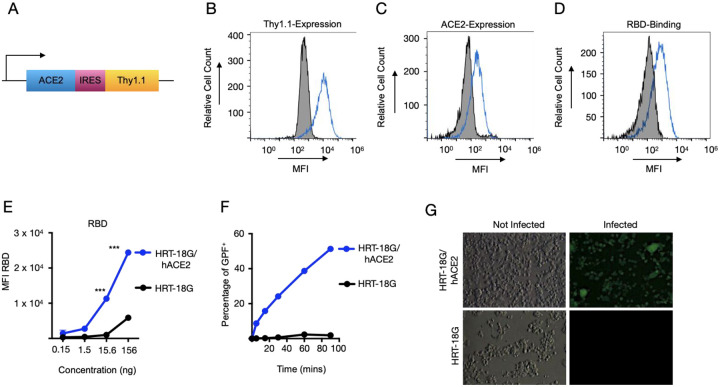Figure 1. Recombinant SARS-CoV-2 RBD protein binds to human ACE2 and facilitates the pseudoviral infectivity.
A. Schematic of the bi-cistronic mRNA for production of human ACE2 and the reporter cell surface protein, mouse Thy1.1. B. HRT-18G cells were stably transfected with plasmid containing cDNA of hACE2 and magnetically sorted for Thy1.1 expression. HRT18G/hACE2 (blue trace) and the parental HRT-18G (shaded histogram) cells were stained with fluorescent anti-Thy1.1 antibody and expression was analyzed by flow cytometry. C. HRT-18G cells stably expressing ACE2 (blue trace) and parent cells (shaded histogram) were incubated with fluorescent anti-ACE2 antibody and analyzed by flow cytometer. D HRT-18G parental cells (shaded histogram) and HRT-18G/hACE2 cells (blue trace) were incubated with Alexa Fluor 647-labeled SARS-CoV-2 S-protein RBD and analyzed for protein binding by flow cytometry. E. Same as in D except cells were incubated with a range of concentrations of Alexa Fluor 647-labeled SARS-CoV-2 S-protein RBD and analyzed by flow cytometer. F. HRT-18G/hACE2 and HRT-18G cells were infected with GFP-expressing SARS-CoV-2 pseudovirus at an MOI of 10 for the indicated times, washed to remove excess virus, and incubated at 37 °C overnight. The infectivity was analyzed by a flow cytometer 16 hours later and the percentage of GFP positive cells reported. G. HRT-18G/hACE2 and parent cells were infected with a GFP-expressing SARS-CoV-2 pseudovirus at an MOI of 0.5 and cultured for 24 hours prior to analysis by fluorescence microscopy. All data presented is representative of three independent experiments. Statistical significance is indicated as: *** P < 0.0001.

